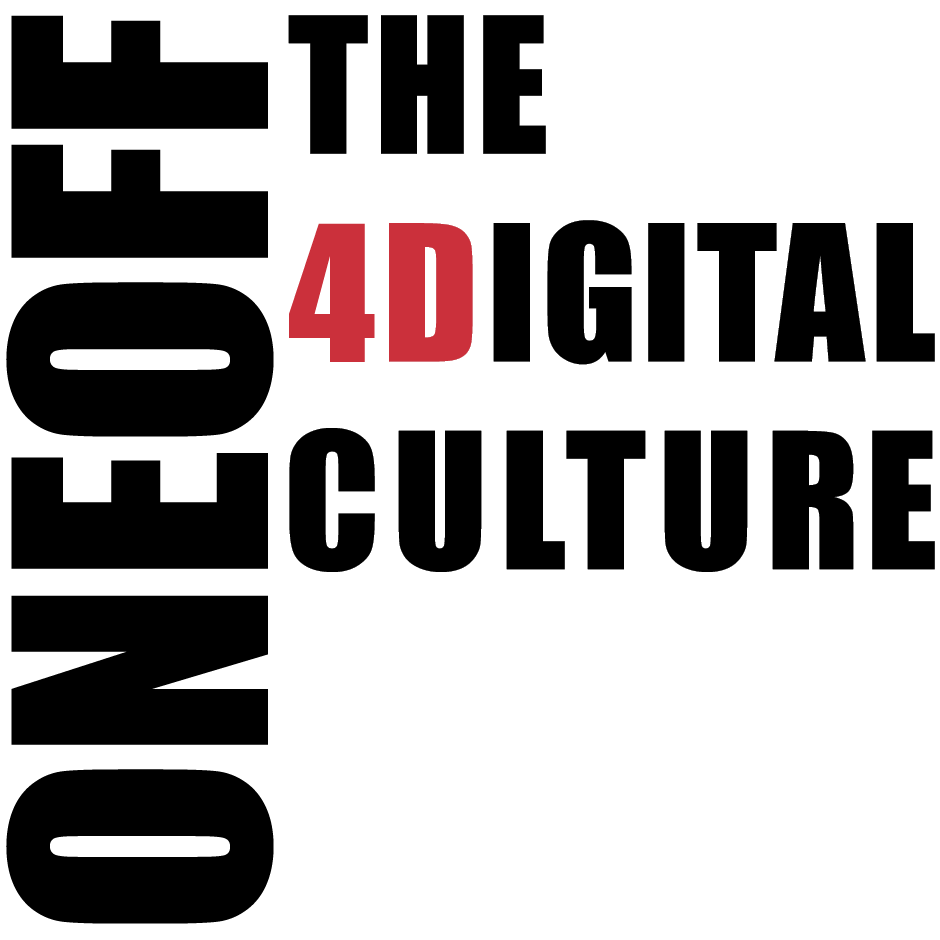Stratasys PolyJet (Objet)
How it works
The advanced PolyJet technology (recently acquired by Stratasys), offering ultra thin layering, introduces a new standard to 3D printing: a high speed, clean and easy production method resulting in models with smooth surfaces and astonishingly fine detail.
Using this technology ONEOFF can create high-resolution prototypes (layers of 16 microns) with details that are free from the “step” effect occurs with other technologies on curved surfaces.
The process is divided into the following phases:
The printhead slides back and forth along axis X, like a printer, depositing a single, extremely thin layer of photopolymer onto the build tray.
UV lamps placed along the bridge of the printer instantly cure the tiny droplets, solidifying each layer. A tiny horizontal mill ensures the levelness of each layer before depositing the next one.
The internal build tray moves downwards with extreme precision and the printheads continue to build, layer upon layer, until the model is complete.
Available Materials:
VERO WHITE PLUS
The most commonly employed material is VeroWhitePlus, characterised by dimensional stability, intricate details and developed for simulating plastics that accurately reflect the finished product.
A versatile resin with high mechanical properties and good resistance to flexing;
Excellent visualisation of details, durability and resistance;
Colour: white.
Features.
Maximum construction size XYZ: 300x240x220h mm;
The models are ready to be handled and used as soon as they emerge from the 3D printer without requiring any post-production treatment;
In addition to the material selected for prototype construction, the 3D printer deposits a gel-like support material developed specifically to support overhangs and complex geometries. The gel is easily removed by hand or with water.
Advantages.
Exceedingly thin 16 micron layers for smooth surfaces;
Accuracy of details, with 100 to 200 micron levels of precision;
Durable models for a wide range of applications;
High speed printing;
Thin surfaces for exclusive geometries;
New materials.
Media Gallery






